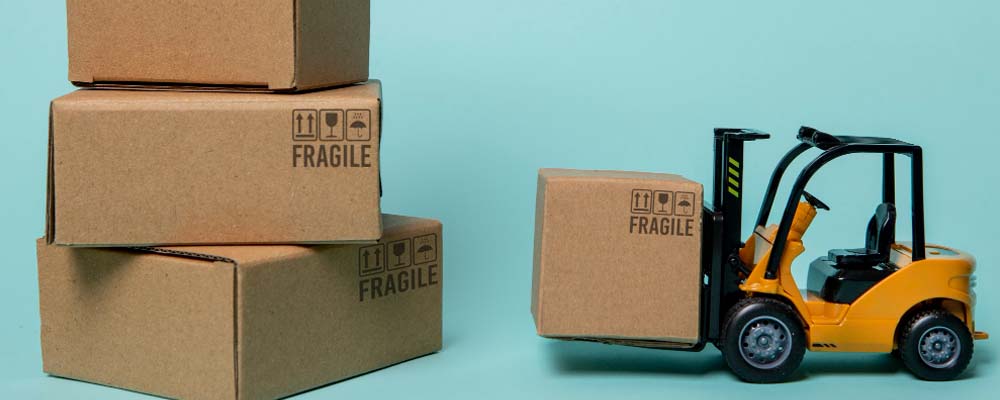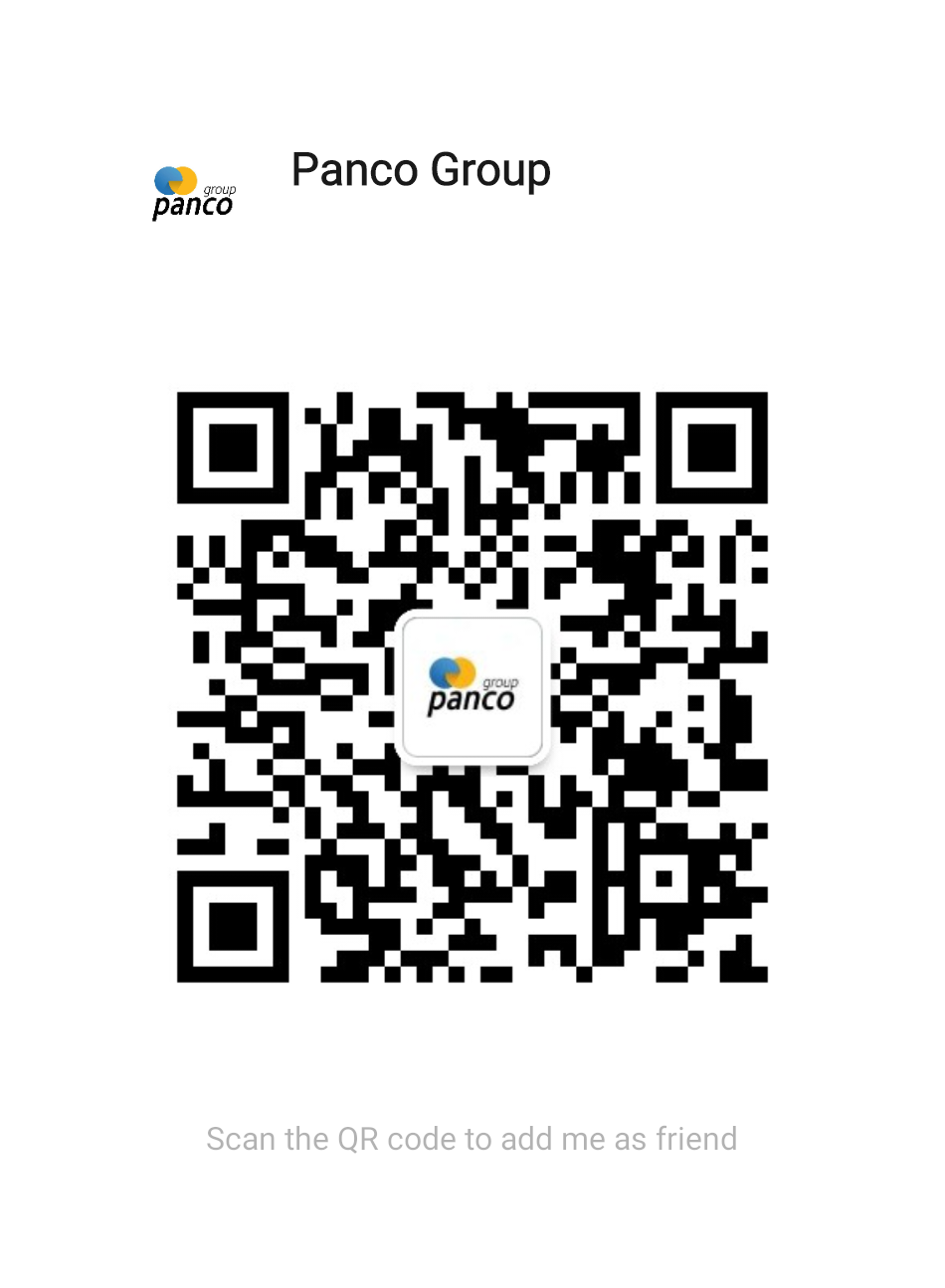
Shipping goods to Bangladesh is a critical component of many businesses’ supply chains, especially in the thriving global trade market. Bangladesh, with its growing economy and strategic location in South Asia, offers immense opportunities for importers, exporters, and logistics providers. However, to navigate its complex shipping landscape successfully, it’s essential to understand the regulations, best practices, and logistical nuances involved.
This comprehensive guide provides essential tips and insights for freight forwarding companies, logistics providers, customs brokers, importers, exporters, and e-commerce businesses to optimize their shipping processes to Bangladesh.
1. Understanding the Bangladeshi Market
Economic Overview
Bangladesh’s economy is expanding rapidly, driven by industries like textiles, apparel, agriculture, and remittances. This growth has created a steady demand for imported raw materials, machinery, consumer goods, and e-commerce products.
Key Import and Export Partners
- Major Import Partners: China, India, Singapore, and the USA.
- Major Export Destinations: USA, Germany, UK, and Japan.
Shipping Opportunities
With its thriving textile industry and growing e-commerce sector, Bangladesh offers lucrative opportunities for logistics providers. Companies shipping raw materials for garment production or consumer goods for its expanding middle class can find robust demand.
2. Key Ports and Airports in Bangladesh
Bangladesh’s logistics infrastructure revolves around its seaports and airports. Familiarity with these facilities is crucial for planning efficient shipments.
Seaports
- Port of Chittagong (Chattogram): The country’s busiest port, handling over 80% of Bangladesh’s import and export traffic.
- Mongla Port: Located near Khulna, it serves as an alternative to Chittagong, especially for lighter shipments.
- Payra Port: A newer port gaining prominence for its accessibility.
Airports
- Hazrat Shahjalal International Airport (Dhaka): The primary hub for air cargo, serving the capital city.
- Shah Amanat International Airport (Chattogram): Facilitates cargo close to the Chittagong port.
- Osmani International Airport (Sylhet): A secondary option for specialized air shipments.
Tip: Choose your port or airport strategically based on the shipment size, destination within Bangladesh, and transit times to minimize costs.
3. Shipping Methods to Bangladesh
Sea Freight
- Best for: Bulk shipments, raw materials, machinery.
- Advantages: Cost-effective for large shipments; suitable for heavy goods.
- Challenges: Longer transit times, congestion at ports like Chittagong.
Air Freight
- Best for: High-value or time-sensitive goods.
- Advantages: Faster transit times, ideal for e-commerce shipments.
- Challenges: Higher costs, weight limitations.
Courier Services
- Best for: Small parcels and e-commerce orders.
- Advantages: Simplified processes, door-to-door delivery.
- Challenges: Expensive for larger packages.
Tip: Evaluate your shipping needs and prioritize cost vs. speed when choosing between sea and air freight.
4. Import Regulations and Documentation
Shipping to Bangladesh requires compliance with its stringent customs and trade regulations. Failure to meet these requirements can result in delays or penalties.
Essential Documents
- Commercial Invoice
- Packing List
- Bill of Lading (Sea Freight) or Air Waybill (Air Freight)
- Certificate of Origin
- Import Permit or Letter of Credit (LC)
- Tax Identification Number (TIN) of the importer
Customs Duties and Taxes
- Import Duties: Vary depending on the product’s Harmonized System (HS) code.
- Value Added Tax (VAT): Generally 15% on most goods.
- Supplementary Duty (SD): Levied on specific goods like luxury items.
Restricted and Prohibited Goods
- Restricted items may require special permits (e.g., firearms, chemicals).
- Prohibited items include narcotics, counterfeit goods, and subversive materials.
Tip: Collaborate with a local customs broker to ensure compliance and smooth customs clearance.
5. Packaging and Labeling Guidelines
Proper packaging and labeling are critical for successful shipments to Bangladesh, as goods may undergo extensive handling during transit.
Packaging Tips
- Use sturdy materials to protect against moisture and humidity.
- Ensure packaging can withstand rough handling, especially for sea freight.
- Consider temperature-controlled packaging for perishable goods.
Labeling Requirements
- Clearly label goods with the recipient’s name and address.
- Include details like the weight, dimensions, and handling instructions.
- Labels must be in English and/or Bengali, depending on the product.
Tip: Align your packaging standards with the International Maritime Dangerous Goods (IMDG) code for hazardous goods.
6. Navigating Customs Clearance
Customs clearance in Bangladesh can be a complex process due to detailed scrutiny and potential bureaucratic delays.
Steps to Expedite Customs Clearance
- Submit all required documents accurately.
- Pre-register the shipment in the Automated System for Customs Data (ASYCUDA) platform.
- Work with an experienced customs broker to navigate local requirements.
Common Challenges
- Incomplete documentation.
- Delays due to congestion at ports.
- Issues with HS code classification.
Tip: Pre-clear shipments whenever possible and maintain clear communication with the local consignee.
7. Freight Forwarding Partners and Logistics Providers
Choosing the right freight forwarder or logistics partner is crucial for seamless shipping to Bangladesh.
What to Look For in a Partner
- Experience: Expertise in Bangladesh’s logistics landscape.
- Network: Connections with local customs brokers and transporters.
- Services: End-to-end solutions, including warehousing and distribution.
Top Logistics Providers in Bangladesh
- Utilize global players with local offices (e.g., DHL, FedEx).
- Consider reputable Bangladeshi firms for cost-effective solutions.
Tip: Vet potential partners based on their track record and customer reviews.
8. Supply Chain Challenges in Bangladesh
Despite its opportunities, shipping to Bangladesh comes with unique challenges that require proactive management.
Infrastructure Bottlenecks
- Congested ports, especially in Chittagong.
- Limited road and rail connectivity in rural areas.
Regulatory Hurdles
- Frequent changes in trade policies.
- Time-consuming documentation processes.
Seasonal and Climatic Impacts
- Monsoon season (June-September) may disrupt port operations and road transport.
- Hot and humid climate can affect certain goods.
Tip: Plan shipments to avoid peak congestion periods and adverse weather conditions.
 9. E-commerce Shipping to Bangladesh
9. E-commerce Shipping to Bangladesh
The e-commerce sector in Bangladesh is booming, driven by a growing middle class and increased internet penetration.
Best Practices for E-commerce Shipping
- Use reliable courier services for fast delivery.
- Offer cash-on-delivery (COD) options, as it remains the preferred payment method.
- Partner with local fulfillment centers to reduce delivery times.
Customs Considerations for E-commerce
- Ensure accurate declaration of product value.
- Simplify returns by clearly outlining the return process in shipping documents.
Tip: Work with local logistics partners who specialize in last-mile delivery for e-commerce.
10. Sustainable Shipping Practices
Sustainability is becoming increasingly important in global logistics, and shipping to Bangladesh is no exception.
Adopt These Eco-Friendly Strategies
- Consolidate shipments to reduce emissions.
- Opt for sea freight over air freight for lower carbon impact.
- Use biodegradable or recyclable packaging materials.
Tip: Highlight your sustainability efforts to build trust with environmentally conscious customers.
11. Cost Optimization Strategies
Reducing shipping costs without compromising quality is key for businesses operating in Bangladesh.
Tips to Lower Shipping Costs
- Negotiate rates with freight forwarders and carriers.
- Consolidate smaller shipments into bulk loads.
- Use regional distribution centers to minimize last-mile delivery expenses.
Tip: Regularly review and renegotiate contracts with logistics providers to ensure competitive pricing.
 Conclusion
Conclusion
Doors of opportunity await in Bangladesh’s thriving trade market. Shipping to this dynamic country offers significant potential but requires careful planning and execution. By understanding Bangladesh’s logistics landscape, import regulations, and best practices, businesses can streamline operations, optimize costs, and maximize profits.
Navigating customs clearance, selecting the right shipping methods, or addressing supply chain challenges doesn’t have to be daunting. Partner with experienced logistics experts to unlock the full potential of shipping to Bangladesh. Visit Connecta website to learn more about efficient shipping solutions to Bangladesh and other global destinations.





 9. E-commerce Shipping to Bangladesh
9. E-commerce Shipping to Bangladesh Conclusion
Conclusion



